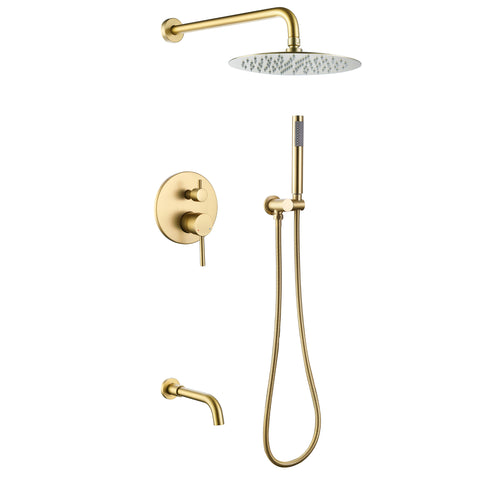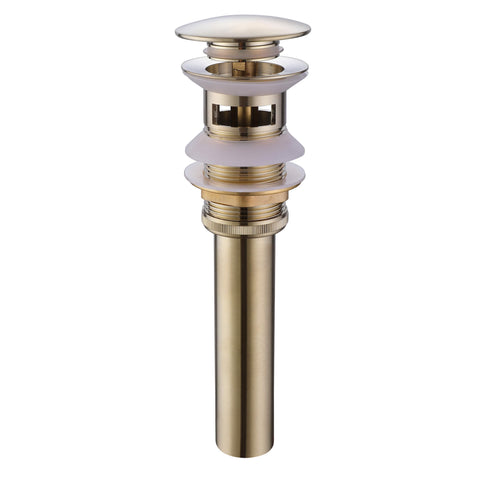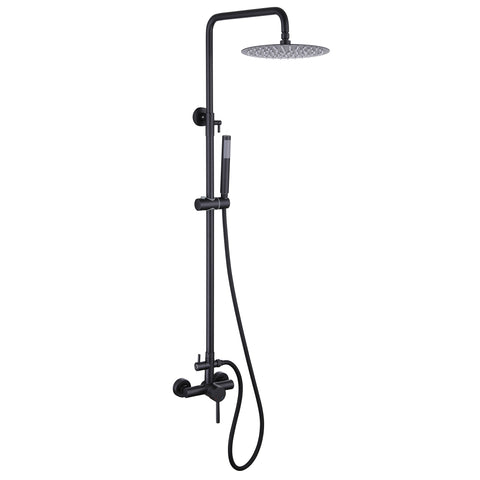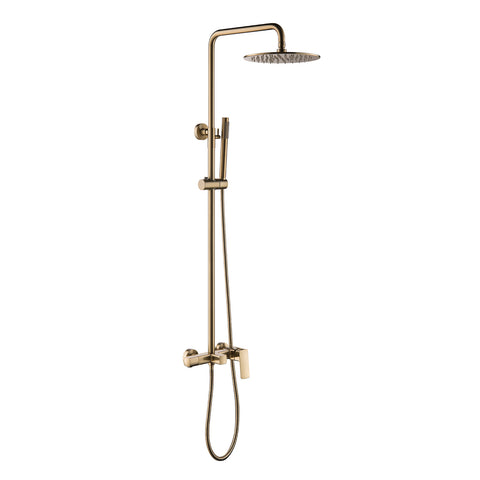Steps to Repair a Leaking Shower Faucet: A DIY Guide
Step 1: Gather Your Tools and Materials
Before you begin, it's essential to gather all the necessary tools and materials. You'll likely need an adjustable wrench, screwdrivers (both flathead and Phillips), pliers, a replacement cartridge or washer, plumber's tape, and a rag or towel. Having everything on hand will ensure a smooth and uninterrupted repair process.
Step 2: Turn Off the Water Supply
Safety first! Begin by turning off the water supply to the shower. Usually, there will be shut-off valves located either beneath the sink or behind an access panel in the wall. Turn the valves clockwise until they are fully closed to prevent any water flow while you work.
Step 3: Remove the Faucet Handle
Use your screwdrivers or pliers to carefully remove the faucet handle. This step may involve removing a decorative cap, unscrewing a screw, or gently prying the handle off. Once removed, set aside the handle and any accompanying components.
Step 4: Access the Cartridge or Washer
With the handle removed, you should be able to access the cartridge or washer, depending on the type of faucet you have. Cartridges are common in newer faucets, while older ones might have washers. Carefully remove the cartridge or washer by using your adjustable wrench or pliers, following the manufacturer's instructions.
Step 5: Replace the Cartridge or Washer
If you're dealing with a cartridge-type faucet, replace the old cartridge with a new one. Make sure to align the cartridge correctly and secure it in place. For washer-type faucets, replace the old washer with a new one that matches the size and shape. Apply plumber's tape to the threads if necessary.
Step 6: Reassemble the Faucet
Carefully reassemble the faucet components in the reverse order of how you disassembled them. Make sure everything fits snugly and securely. Tighten screws and fittings as needed, but avoid over-tightening, as this could cause damage.
Step 7: Turn On the Water Supply
Once you've reassembled the faucet, turn the water supply back on by turning the shut-off valves counterclockwise. Check for any leaks around the faucet and handle. If you notice any leaks, tighten the connections or repeat the steps to ensure a proper seal.
Step 8: Test and Monitor
Turn on the shower to test your repair work. Check for any drips or leaks while the water is running and after you've turned it off. Keep an eye on the faucet over the next few days to ensure that your repair was successful and that the leak is truly fixed.
Conclusion
Repairing a leaking shower faucet doesn't have to be a daunting task. With the right tools, materials, and a bit of patience, you can successfully tackle this common household issue on your own. Not only will you save money on potential plumber fees, but you'll also gain a sense of accomplishment in fixing a problem in your home. Remember, if you ever feel uncomfortable with the repair process or if the leak persists, it's always a good idea to consult a professional plumber for assistance.













